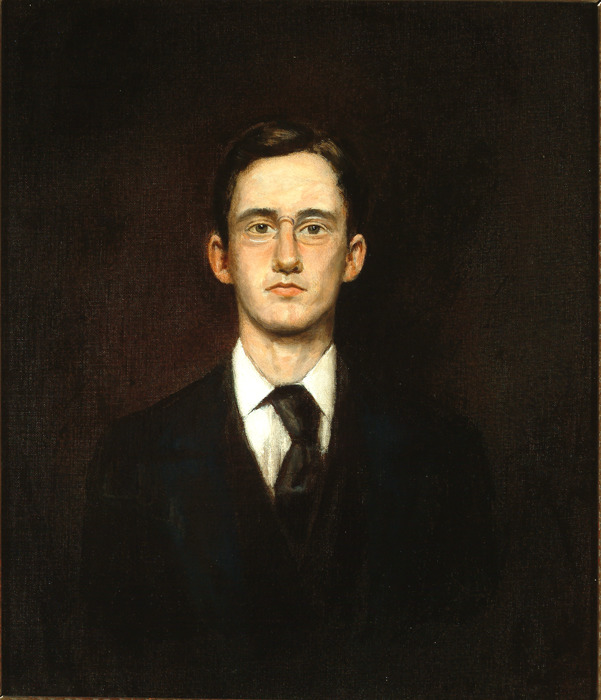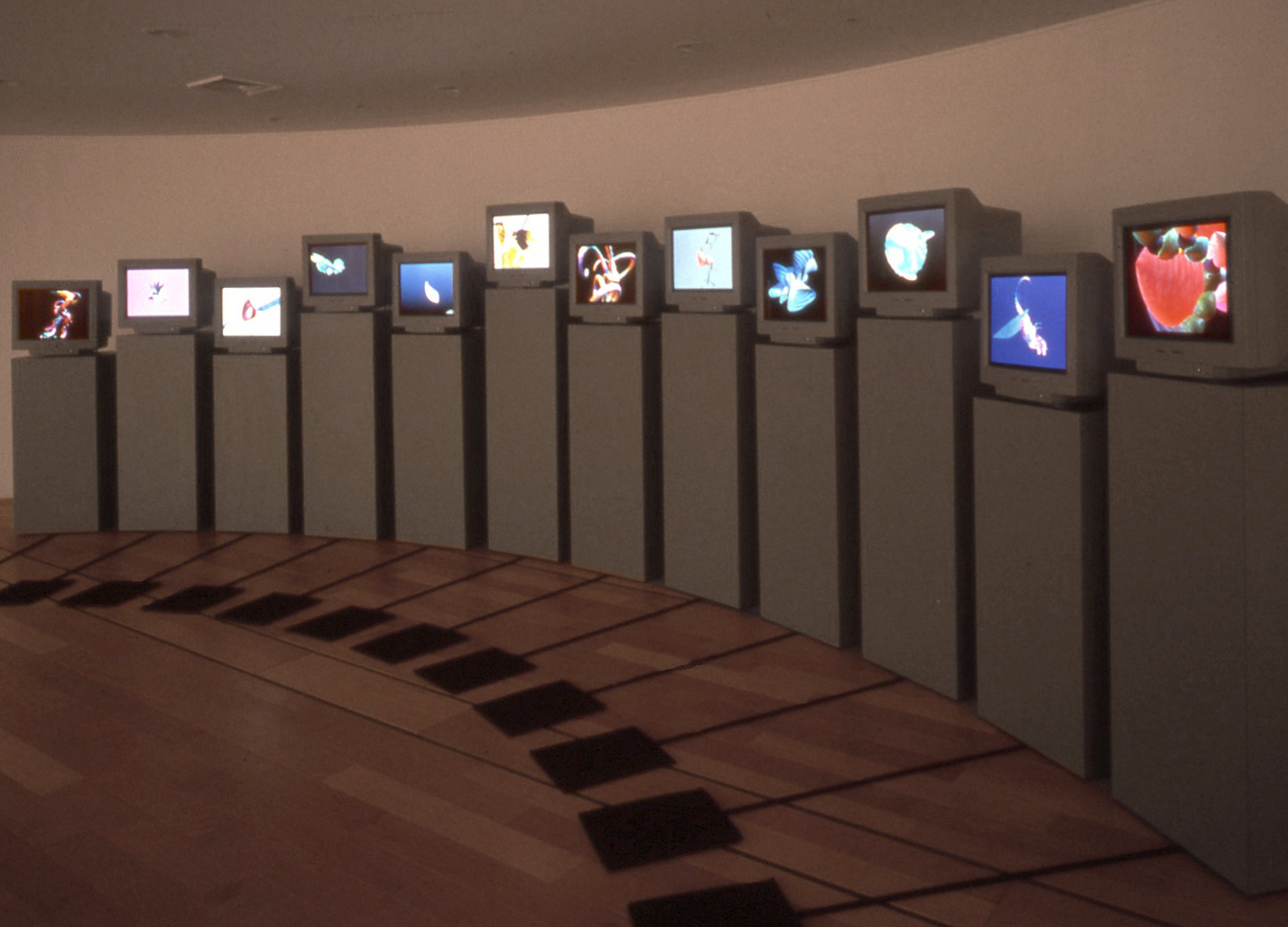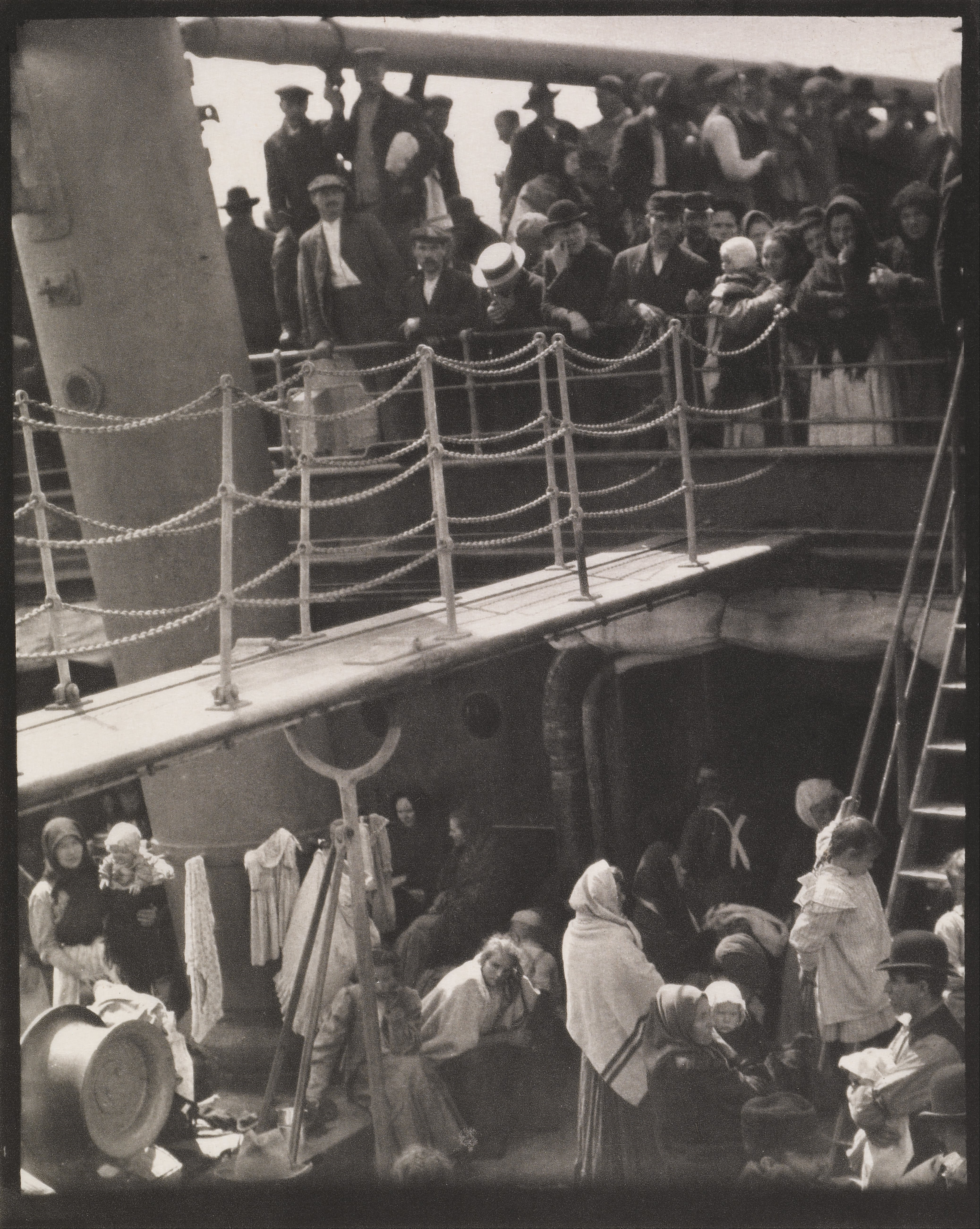|
List Of Art Movements
:''See Art periods for a chronological list.'' This is a list of art movements in alphabetical order. These terms, helpful for curricula or anthologies, evolved over time to group artists who are often loosely related. Some of these movements were defined by the members themselves, while other terms emerged decades or centuries after the periods in question. A *Afrofuturism *ASCII art *Abstract art * Art Brut *Abstract expressionism * Abstract illusionism *Academic art *Action painting *Aestheticism * Altermodern * American Barbizon school *American Impressionism *American realism * American Scene Painting * Analytical art *Animation * Antipodeans *Arabesque * Arbeitsrat für Kunst *Art & Language *Art Deco *Art Informel *Art Nouveau * Art photography *Arte Povera *Artificial intelligence art *Arts and Crafts movement *Ashcan School * Assemblage * Australian Tonalism * Les Automatistes * Auto-destructive art *Avant-garde B * Bacone school * Barbizon school *Baroque *Bauhaus ... [...More Info...] [...Related Items...] OR: [Wikipedia] [Google] [Baidu] |
Art Periods
This is a chronological list of periods in Western art history. An art period is a phase in the development of the work of an artist, groups of artists or art movement. Ancient Classical art *Minoan art * Aegean art *Ancient Greek art *Roman art Medieval art * Early Christian – 260 – 525 * Migration Period – 300 – 900 * Anglo-Saxon – 400 – 1066 * Visigothic – 415 – 711 * Pre-Romanesque – 500 – 1000 * Insular – 600 – 1200 * Viking – 700 – 1100 * Byzantine * Merovingian * Carolingian * Ottonian * Romanesque – 1000 – 1200 * Norman-Sicilian – 1100 – 1200 * Gothic – 1100 – 1400 ** International Gothic Renaissance * Italian Renaissance – late 13th century – c. 1600 – late 15th century – late 16th century * Renaissance Classicism * Early Netherlandish painting – 1400 – 1500 * Early Cretan School – post-Byzantine art or Cretan Renaissance 1400 – 1500 * Mannerism and Late Renaissance – 1520 – 1600, began in central I ... [...More Info...] [...Related Items...] OR: [Wikipedia] [Google] [Baidu] |
Analytical Art
Pavel Nikolayevich Filonov ( rus, Па́вел Никола́евич Фило́нов, p=ˈpavʲɪl nʲɪkɐˈlajɪvʲɪtɕ fʲɪˈlonəf, a=Pavyel Nikolayevich Filonov.ru.vorb.oga; January 8, 1883 – December 3, 1941) was a Russian avant-garde painter, art theorist, and poet. Biography Filonov was born in Moscow on January 8, 1883 (Gregorian calendar) or December 27, 1882 (Julian calendar). In 1897, he moved to St. Petersburg, where he began taking art lessons. In 1908, he entered St. Petersburg Academy of Arts but was expelled in 1910. Between 1910 and 1914, Filonov was a member of the art group Soyuz Molodyozhi ("Union of Youth"), founded by artists Elena Guro and rus, Гуро́, p=ɡʊˈro, a=Yelyena G ... and Mikhail Matyushin. In 1912, he wrote ''The Canon and the Law'', an article in which he articulated the principles of analytical realism, also known as "anti-Cubism". According to Filonov, while Cubism">analytical art">analytical realism, also known ... [...More Info...] [...Related Items...] OR: [Wikipedia] [Google] [Baidu] |
Ashcan School
The Ashcan School, also called the Ash Can School, was an artistic movement in the United States during the late 19th-early 20th century that produced works portraying scenes of daily life in New York, often in the city's poorer neighborhoods. The artists working in this style included Robert Henri (1865–1929), George Luks (1867–1933), William Glackens (1870–1938), John Sloan (1871–1951), and Everett Shinn (1876–1953). Some of them met studying together under the realist Thomas Anshutz at the Pennsylvania Academy of the Fine Arts; others met in the newspaper offices of Philadelphia where they worked as illustrators. Theresa Bernstein, who studied at the Philadelphia School of Design for Women, was also a part of the Ashcan School. She was friends with many of its better-known members, including Sloan with whom she co-founded the Society of Independent Artists. The movement, which took some inspiration from Walt Whitman's epic poem ''Leaves of Grass'', has been s ... [...More Info...] [...Related Items...] OR: [Wikipedia] [Google] [Baidu] |
Arts And Crafts Movement
The Arts and Crafts movement was an international trend in the decorative and fine arts that developed earliest and most fully in the British Isles and subsequently spread across the British Empire and to the rest of Europe and America. Initiated in reaction against the perceived impoverishment of the decorative arts and the conditions in which they were produced, the movement flourished in Europe and North America between about 1880 and 1920. Some consider that it is the root of the Modern Style, a British expression of what later came to be called the Art Nouveau movement. Others consider that it is the incarnation of Art Nouveau in England. Others consider Art and Crafts to be in opposition to Art Nouveau. Arts and Crafts indeed criticized Art Nouveau for its use of industrial materials such as iron. In Japan, it emerged in the 1920s as the Mingei movement. It stood for traditional craftsmanship, and often used medieval, romantic, or folk styles of decoration. It advoca ... [...More Info...] [...Related Items...] OR: [Wikipedia] [Google] [Baidu] |
Artificial Intelligence Art
Artificial intelligence visual art means visual artwork generated (or enhanced) through the use of artificial intelligence (AI) programs. Artists began to create AI art in the mid to late 20th century, when the discipline was founded. Throughout its history, AI has raised many philosophical concerns related to the human mind, artificial beings, and also what can be considered ''art'' in human–AI collaboration. Since the 20th century, people have used AI to create art, some of which has been exhibited in museums and won awards. During the AI boom of the 2020s, text-to-image models such as Midjourney, DALL-E, Stable Diffusion, and FLUX.1 became widely available to the public, allowing users to quickly generate imagery with little effort. Commentary about AI art in the 2020s has often focused on issues related to copyright, deception, defamation, and its impact on more traditional artists, including technological unemployment. History Early history Automated ... [...More Info...] [...Related Items...] OR: [Wikipedia] [Google] [Baidu] |
Arte Povera
Arte Povera (; literally "poor art") was an art movement that took place between the end of the 1960s and the beginning of the 1970s in major cities throughout Italy and above all in Turin. Other cities where the movement was also important are Milan, Rome, Genoa, Venice, Naples and Bologna. The term was coined by Italian art critic Germano Celant in 1967 and introduced in Italy during the period of upheaval at the end of the 1960s, when artists were taking a radical stance. Artists began attacking the values of established institutions of government, industry, and culture. Some of the first exhibitions of artists associated with Arte Povera were held at the Christian Stein Gallery in Turin, run by Margherita Stein. The exhibition "IM Spazio" (The Space of Thoughts), curated by Celant and held at the Galleria La Bertesca in Genoa, Italy, from September through October 1967, is often considered to be the official starting point of Arte Povera. Celant, who became one of Arte ... [...More Info...] [...Related Items...] OR: [Wikipedia] [Google] [Baidu] |
Art Photography
Fine-art photography is photography created in line with the vision of the photographer as artist, using photography as a medium for creative expression. The goal of fine-art photography is to express an idea, a message, or an emotion. This stands in contrast to representational photography, such as photojournalism, which provides a documentary visual account of specific subjects and events, literally representing objective reality rather than the subjective intent of the photographer; and commercial photography, the primary focus of which is to advertise products or services. History Invention through 1940s One photography historian claimed that "the earliest exponent of 'Fine Art' or composition photography was John Edwin Mayall", who exhibited daguerreotypes illustrating the Lord's Prayer in 1851. Successful attempts to make fine art photography can be traced to Victorian era practitioners such as Julia Margaret Cameron, Charles Lutwidge Dodgson, and Oscar Gustave Rejla ... [...More Info...] [...Related Items...] OR: [Wikipedia] [Google] [Baidu] |
Art Nouveau
Art Nouveau ( ; ; ), Jugendstil and Sezessionstil in German, is an international style of art, architecture, and applied art, especially the decorative arts. It was often inspired by natural forms such as the sinuous curves of plants and flowers. Other characteristics of Art Nouveau were a sense of dynamism and movement, often given by asymmetry or whiplash lines, and the use of modern materials, particularly iron, glass, ceramics and later concrete, to create unusual forms and larger open spaces.Sembach, Klaus-Jürgen, ''L'Art Nouveau'' (2013), pp. 8–30 It was popular between 1890 and 1910 during the Belle Époque period, and was a reaction against the academicism, eclecticism and historicism of 19th century architecture and decorative art. One major objective of Art Nouveau was to break down the traditional distinction between fine arts (especially painting and sculpture) and applied arts. It was most widely used in interior design, graphic arts, furniture, glass ... [...More Info...] [...Related Items...] OR: [Wikipedia] [Google] [Baidu] |
Art Informel
Informalism or Art Informel () is a pictorial movement from the 1943–1950s, that includes all the abstract and gestural tendencies that developed in France and the rest of Europe during the World War II, similar to American abstract expressionism started 1946. Several distinguishing trends are identified within the movement such as lyrical abstraction, matter painting, New Paris School, tachisme and art brut. The French art critic Michel Tapié coined the term "art autre" (other art) in the homonymous book published in 1952 in relation to non-geometric abstract art. It was instrumental in improving the concept of abstract art in France during the early 1950s. Its use in the expression of political ideologies in South America during the early 1950s was quite common, as it was seen as the main way to show support for the changing political climate. Pictorial practices Within this tendency, each artist allows full freedom of expression to the unforeseen quality of materials ... [...More Info...] [...Related Items...] OR: [Wikipedia] [Google] [Baidu] |
Art Deco
Art Deco, short for the French (), is a style of visual arts, architecture, and product design that first Art Deco in Paris, appeared in Paris in the 1910s just before World War I and flourished in the United States and Europe during the 1920s to early 1930s, through styling and design of the exterior and interior of anything from large structures to small objects, including clothing, fashion, and jewelry. Art Deco has influenced buildings from skyscrapers to cinemas, bridges, ocean liners, trains, cars, trucks, buses, furniture, and everyday objects, including radios and vacuum cleaners. The name Art Deco came into use after the 1925 (International Exhibition of Modern Decorative and Industrial Arts) held in Paris. It has its origin in the bold geometric forms of the Vienna Secession and Cubism. From the outset, Art Deco was influenced by the bright colors of Fauvism and the Ballets Russes, and the exoticized styles of art from Chinese art, China, Japanese art, Japan, Indian ... [...More Info...] [...Related Items...] OR: [Wikipedia] [Google] [Baidu] |
Art & Language
Art & Language is an English conceptual artists' collaboration that has undergone many changes since it was created around 1967. The group was founded by artists who shared a common desire to combine intellectual ideas and concerns with the creation of art, and included many Americans. From May 1969, the group published in England the magazine ''Art-Language, Art-Language: The Journal of Conceptual Art''. History The Art & Language group was founded around 1967 in the United Kingdom by Terry Atkinson (b. 1939), David Bainbridge (artist), David Bainbridge (b. 1941), Michael Baldwin (artist), Michael Baldwin (b. 1945) and Harold Hurrell (b. 1940). The group was critical of what was considered mainstream modern art practices at the time. In their work conversations, they created gallery art and presented these ideas in a journal as part of their discussions. The first issue of ''Art-Language, Art-Language: The Journal of Conceptual Art'' (Volume 1, Number 1) was published in M ... [...More Info...] [...Related Items...] OR: [Wikipedia] [Google] [Baidu] |




